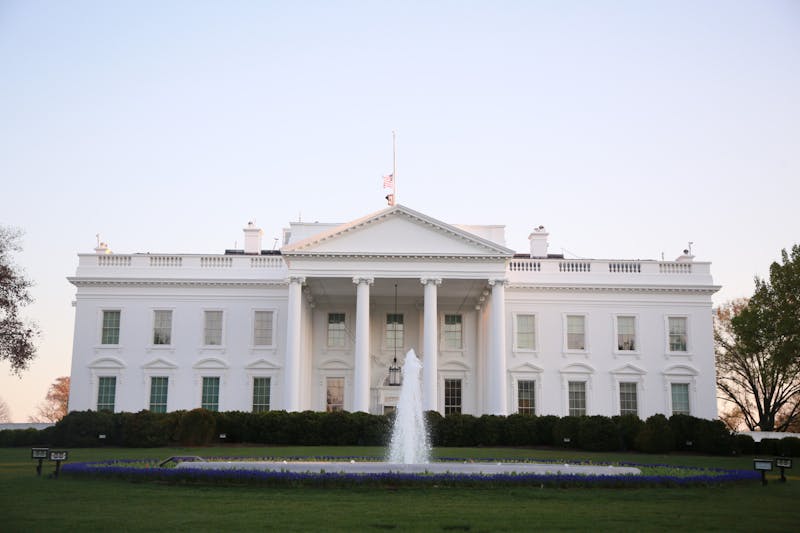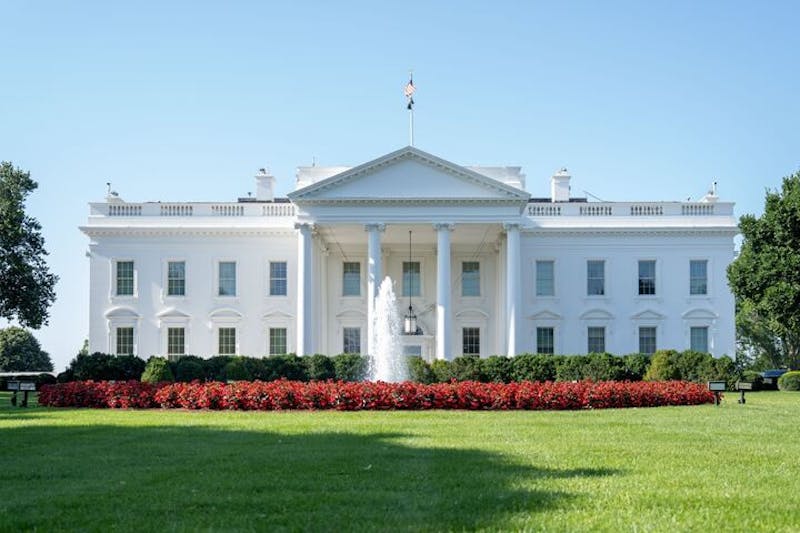A new report released on Tuesday by a Columbia University-based research organization has caused controversy for concluding that underage drinkers consume 25 percent of the alcohol sold in the United States.
Some have questioned the research methods used to create the report and feel that this figure could be as much as 120 percent above the actual figure. Researchers have admitted that their methods were flawed, but maintain that their numbers are still valid.
Columbia's National Center on Addiction and Substance Abuse based its findings on the National Household Drug Survey, an annual poll conducted by the Substance Abuse and Mental Health Services Administration.
Of the 25,500 people polled, 10,000 were between 12 and 20 years old. The oversampling of this age group is meant to ensure that the data collected from young people is statistically valid.
However, when determining the percentage of alcohol consumed by this age group, CASA did not readjust its numbers to fit this oversampling.
Though 12 to 20 year olds only represent less than 20 percent of the American population, they represented 40 percent of the Household Survey. Had the center taken this into account, the percentage of alcohol consumed by underage drinkers would have dropped to 11.4 percent.
"We did not -- by an oversight -- adjust for the oversampling," CASA Vice President and Director of Policy Research Susan Foster said. "We certainly didn't do it on purpose."
But John Doyle, co-founder of the consumer watchdog group Center for Consumer Freedom, said that this oversight is not the first made by CASA.
"This is a pattern and practice of CASA when it comes to alcohol issues," Doyle said. "The impact is the same whether it is accidental or intentional."
Doyle cited two 1994 CASA reports that came under fire. The controversy focused on welfare and substance abuse and on binge drinking among college students.
"By overstating [the numbers], they are creating a false reality," Doyle said. "That false reality can result in teens trying to catch up with their peers."
Foster maintained that her organization was only trying to inform the public of what could be a growing social problem.
"There was no intention to deceive," she said. "We are very interested in getting the facts out."
CASA released a statement Wednesday acknowledging the flaw, though asserting that the new number -- 11.4 percent -- is too low.
"Making those adjustments, we still think that the 25 percent is a reasonable number," Foster said.
CASA cited three reasons why 11.4 percent is too low of an estimate. According to Foster's statement, the Household Survey is given to underage drinkers only through parental consent, it does not account for binge drinking, and no one under 12 years old is included.
"Whether children and teens drink 15, 25 or 30 percent of the alcohol consumed, the reality is that America has an underage drinking epidemic," the statement said.
In recent studies done on Penn's campus, the University has focused more heavily on binge drinking than other alcohol-related trends, such as underage drinking.
Though binge drinking is in decline, 49 percent of Penn students engaged in that activity in 2001, according to an online survey conducted by the Office of the Vice Provost for University Life. This compares unfavorably to the nationwide figure of 31.5 percent.
Penn Director of Alcohol Policy Initiatives Stephanie Ives said that this difference can be attributed to the fact that the Penn survey focuses on a different group than the CASA survey.
"We didn't specifically hone in on under 21 year olds," Ives said. "Ours speaks more to the campus environment."
Ives said that though Penn represents a dichotomy of legal and underage drinkers, there is no significant difference of drinking among classes.
"It's very consistent across academic years," Ives said. "Those who may think that 18-year-olds drink more than 21- year-olds are wrong."
The Daily Pennsylvanian is an independent, student-run newspaper. Please consider making a donation to support the coverage that shapes the University. Your generosity ensures a future of strong journalism at Penn.
DonatePlease note All comments are eligible for publication in The Daily Pennsylvanian.







